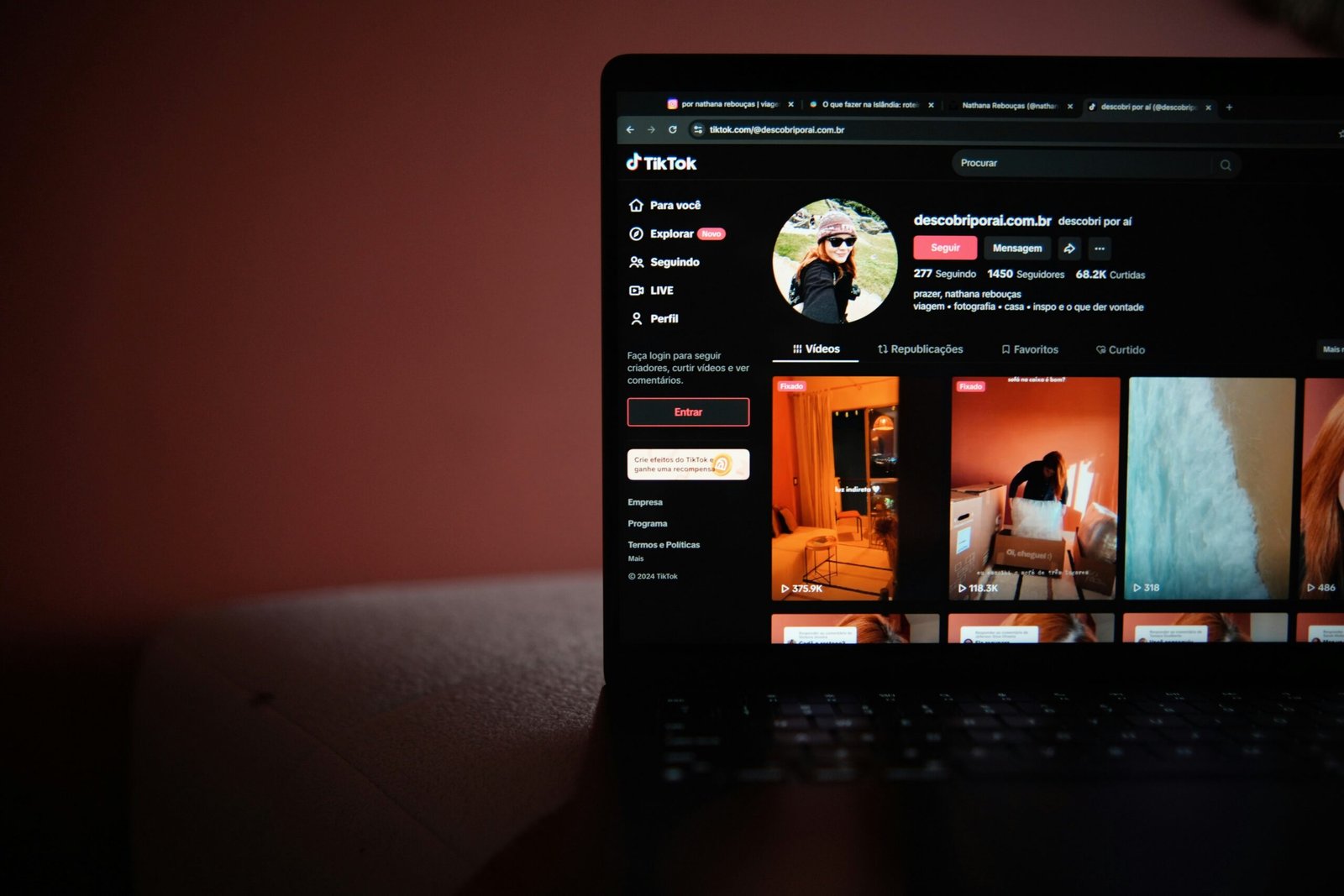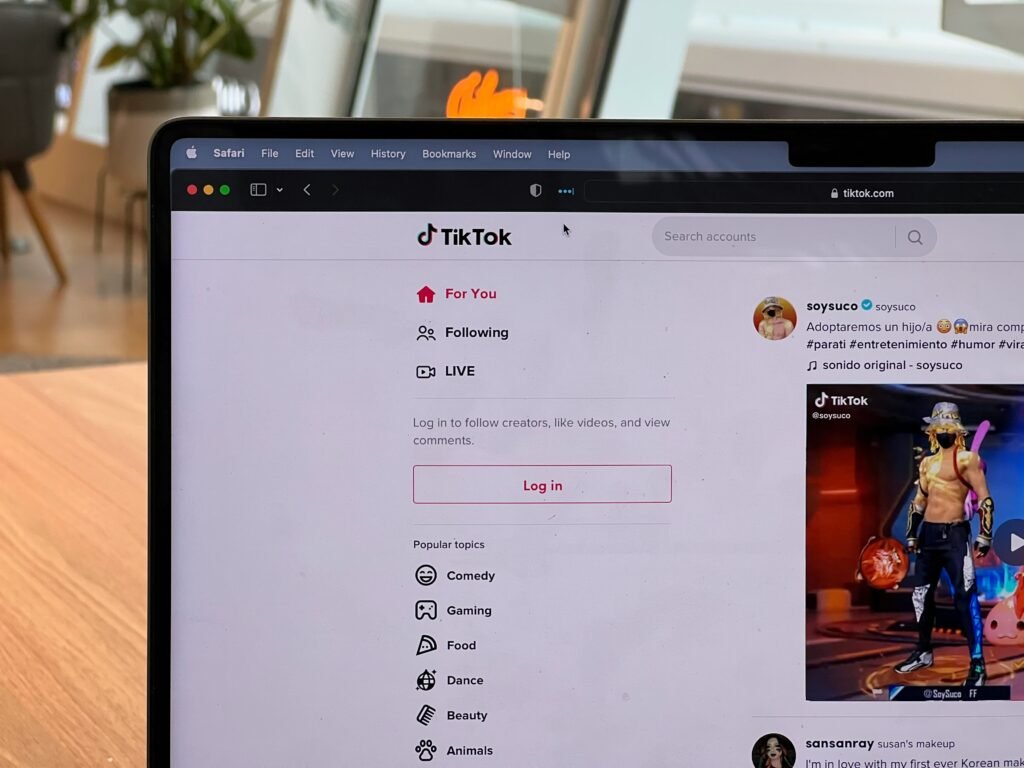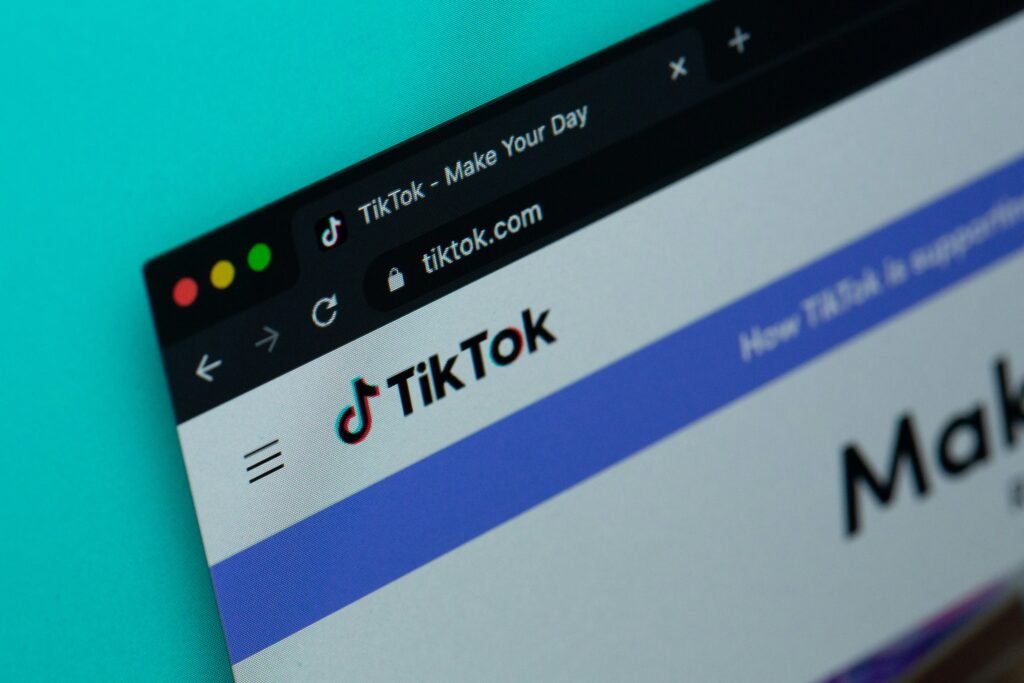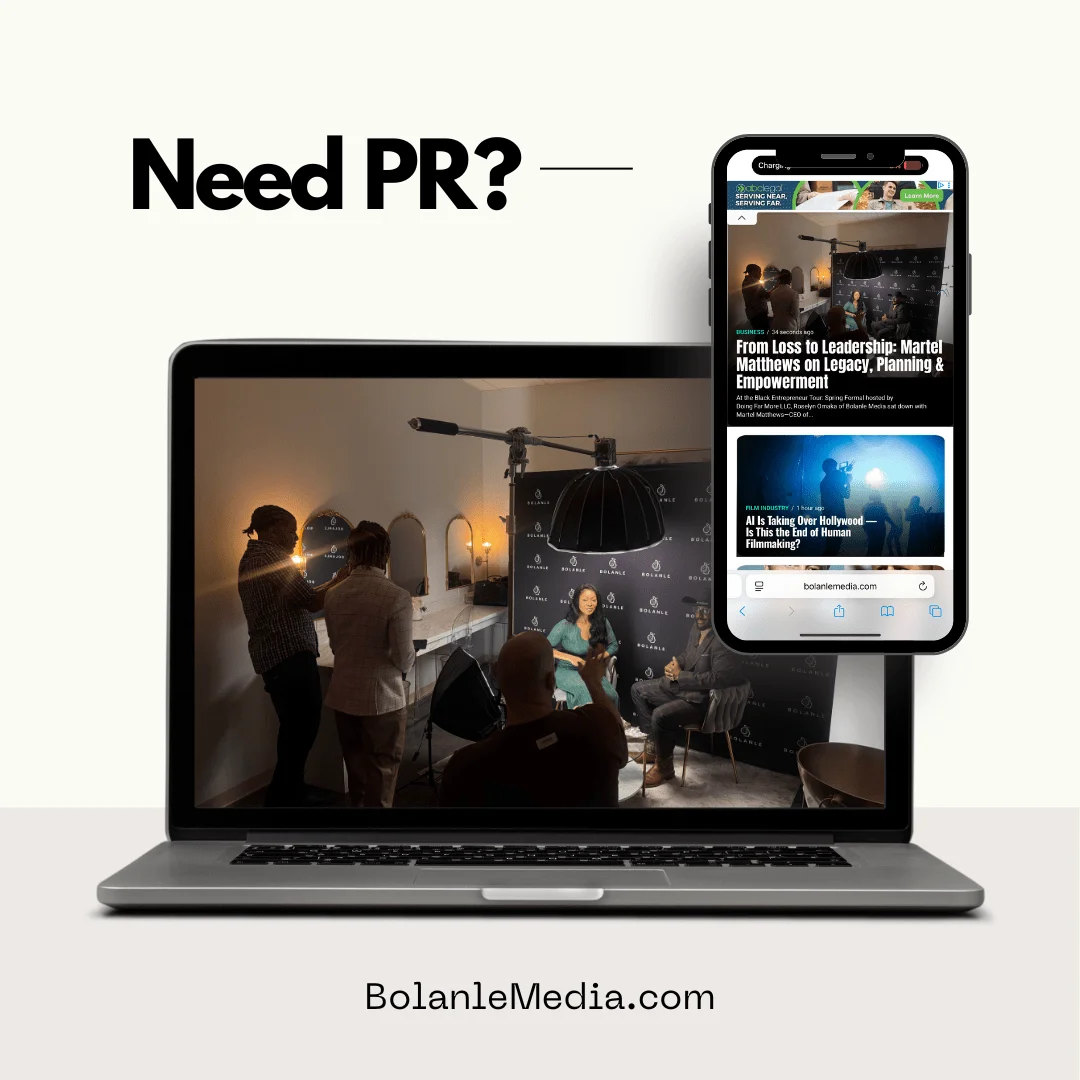Tech
Baby X: Have We Gone Too Far?
In the rapidly evolving world of artificial intelligence, one project stands out for its uncanny ability to bridge the gap between human and machine: Baby X. This digital infant, created by Dr. Mark Sagar and his team at the University of Auckland’s Laboratory for Animate Technologies, is pushing the boundaries of what we thought possible in AI and human-computer interaction.
What is Baby X?
Baby X is a computer-generated simulation of a human infant, complete with a lifelike face and a complex AI “brain” that mimics human neural networks. Unlike traditional AI systems, Baby X is designed to learn and develop in ways that closely resemble human cognitive development.
How Does Baby X Work?
At its core, Baby X utilizes a combination of advanced computer graphics and artificial neural networks. The system is programmed with basic biological and psychological models, allowing it to:
1. Express a range of emotions through facial expressions
2. Respond to visual and auditory stimuli
3. Learn and adapt based on interactions
4. Develop rudimentary language skills
The Significance of Baby X
Advancing AI Research
Baby X represents a significant leap forward in creating AI systems that can learn and develop more naturally. By mimicking human infant cognition, researchers hope to unlock new insights into machine learning and artificial general intelligence.
Understanding Human Development
The project offers a unique platform for studying early human development. Psychologists and neuroscientists can use Baby X to test theories about infant learning and cognition in ways that would be impossible or unethical with real infants.
Improving Human-AI Interaction
As AI becomes more prevalent in our daily lives, creating systems that can interact more naturally with humans is crucial. Baby X’s ability to express emotions and respond to social cues could pave the way for more intuitive and empathetic AI interfaces.
Ethical Considerations and Future Implications
While Baby X presents exciting possibilities, it also raises important ethical questions. As AI systems become more lifelike and emotionally engaging, we must consider the psychological impact of human-AI relationships, especially on children who may not fully understand the nature of these digital entities.
Looking ahead, the technologies developed through Baby X could have far-reaching applications in fields such as:
- Education: Creating more engaging and adaptive learning systems
- Healthcare: Developing empathetic AI assistants for patient care
- Robotics: Designing more naturalistic humanoid robots
As we continue to explore the frontiers of AI, projects like Baby X remind us of both the incredible potential and the profound responsibilities that come with creating increasingly human-like artificial intelligence.
Stay Connected
Unlock impactful advertising opportunities with Bolanle Media. Our expert team crafts immersive experiences that captivate audiences, driving brand engagement and memorability. Let’s elevate your brand’s marketing strategy together.
Tech
TikTok Prepares New U.S.-Only App Amid Ban Threats

As the debate over TikTok’s future in the United States intensifies, the company is reportedly developing a brand-new version of its popular app—designed exclusively for American users. This move comes after months of uncertainty, political pressure, and looming bans that threatened to disconnect millions of U.S. users from the global TikTok community.

Why a New App?
Earlier this year, U.S. lawmakers passed legislation requiring TikTok’s Chinese parent company, ByteDance, to either sell its U.S. operations or face a nationwide ban. The law cited national security concerns over data privacy and the app’s Chinese ownership. While TikTok has challenged the ban in court, the company is also working on a contingency plan: launching a separate, U.S.-based version of the app.
What Will Be Different?
- Entirely Separate Experience: The new TikTok app for the U.S. would operate independently from the global version, meaning American users could see a different interface, features, and content moderation policies.
- Data Handling: All user data would be stored and managed within the United States, addressing key concerns raised by lawmakers.
- Ownership Structure: The app could be operated by a new U.S.-based entity, potentially with new investors or ownership, depending on ongoing negotiations and government requirements.
- Content and Community: While the app aims to replicate the original TikTok experience, there may be limitations on cross-border content sharing and collaboration, resulting in a more localized user community.

Timeline for Launch
Reports indicate that TikTok’s U.S.-only app could launch as early as September. This rapid timeline reflects the urgency of the situation, as the deadline for compliance with the new law approaches.
What’s Next for Users?
- No Immediate Disruption: For now, TikTok remains available to U.S. users, but changes could come quickly if the new app is deployed.
- Possible Account Migration: Users may be prompted to migrate their accounts, content, and followers to the new platform.
- Uncertain Features: While TikTok promises to replicate the original experience, some features—such as access to global trends or creators—could be limited.
The Bigger Picture
TikTok’s move highlights the growing trend of digital “balkanization,” where countries demand local versions of global platforms to address security, privacy, and regulatory concerns. The outcome of this situation could set a precedent for other tech companies facing similar pressures worldwide.

Key Takeaways
- TikTok is building a new, U.S.-only app in response to government pressure and potential bans.
- The app could launch as early as September and may feature significant differences from the global version.
- The move underscores the challenges facing global tech platforms in an era of rising digital nationalism.
Stay tuned for updates as this story develops and as TikTok’s future in the United States becomes clearer.
Tech
Apple’s Liquid Glass: A Bold New Look at WWDC 2025

Apple’s WWDC 2025: A Stunning Visual Overhaul and Meaningful Upgrades Across All Devices
Apple’s WWDC 2025 keynote delivered a major shift in design and user experience across its entire ecosystem. While much of the tech world buzzes about flashy AI breakthroughs, Apple took a different path, unveiling the sleek new “Liquid Glass” design and a range of practical improvements for iOS, macOS, iPadOS, watchOS, tvOS, and visionOS.
Unified OS Versions and the New “Liquid Glass” Look
Apple simplified its software naming by unifying all operating systems under version 26. The star of the show was the “Liquid Glass” aesthetic—a transparent, glass-like effect applied across apps, icons, widgets, and even the lock screen. This design refresh creates a modern, cohesive feel but has raised some early concerns about readability when text overlays complex backgrounds.
What’s New in iOS 26?
- Camera App Redesign: The first major update to the camera interface in years hides advanced controls behind swipe gestures, streamlining the experience but possibly confusing some users.
- Smart Call Features: Borrowing ideas from Google’s Pixel, iOS 26 introduces call screening and hold assist, allowing the phone to answer unknown calls or wait on hold for you.
- iMessage Enhancements: Native polls, group typing indicators, and customizable chat backgrounds add welcome, though not revolutionary, improvements.
- Live Translation: AI powers real-time translation in FaceTime, Messages, and calls, offering seamless communication across languages despite some lag.
iPadOS 26: Finally, True Multitasking
The iPad takes a giant leap toward laptop-level productivity with resizable windows, floating stacks, and a Mac-like menu bar. The Files app also gains significant upgrades, making iPadOS 26 a game changer for power users who want a real alternative to a traditional computer.

macOS 26 “Tahoe”: Smarter Spotlight and Sleek Transparency
Mac users get a productivity boost with an enhanced Spotlight search that rivals popular third-party tools, enabling app launching, file management, and shortcuts from the keyboard. A fully transparent menu bar and clear widgets offer a more immersive desktop experience.
watchOS, tvOS, and visionOS: Small but Smart Updates
- watchOS 26: New wrist-flick gesture for dismissing notifications and a high-energy workout voice boost motivation.
- tvOS 26: Minor visual tweaks with shimmering icons.
- visionOS 26: Allows widgets to be pinned anywhere in virtual space and remembers window placement after reboot, improving the Vision Pro experience.
Apple’s AI Strategy: Quietly Powerful, Privacy-Focused
Unlike competitors showcasing flashy AI demos, Apple’s AI advancements are subtle, embedded deep in the system, and prioritize user privacy. The anticipated major upgrade to Siri has been pushed to 2026, but foundational AI features like live translation and on-device intelligence signal Apple’s steady commitment to smart, private AI.
Final Thoughts
Apple’s WWDC 2025 emphasized thoughtful user experience improvements and a bold visual identity with “Liquid Glass.” While it may not grab headlines like generative AI breakthroughs, this approach could set a new standard in design, usability, and privacy. The iPad’s multitasking finally inches it closer to a laptop replacement, and Apple’s understated AI strategy may prove to be its smartest move yet.
Is Apple setting the pace quietly while others chase hype? Share your thoughts on the new glassy future.

Key Takeaways
- The “Liquid Glass” design refreshes the entire Apple ecosystem visually but raises some readability concerns.
- iPadOS 26’s multitasking upgrades are a major win for productivity.
- Apple’s AI is powerful yet discreet, focusing on privacy and seamless integration.
- Siri’s big upgrade is delayed, but foundational AI features continue to roll out.
Stay tuned as we explore these updates further and test how they perform in everyday use.
News
Call of Duty: Black Ops 7 — A New Chapter in Psychological Warfare

Activision used the June 8, 2025 Xbox Games Showcase to lift the curtain on Call of Duty: Black Ops 7, confirming that Treyarch and Raven Software again share development duties. The announcement marks the first back-to-back yearly entries in the Black Ops line, following 2024’s Black Ops 6.
Setting & Story
The campaign is set in 2035, a fractured near-future where information warfare and artificial intelligence drive global unrest. Players return as David “Section” Mason, now a seasoned operative confronting a new threat: the legendary antagonist Raúl Menéndez—resurrected as an AI construct known as Project Blackout. This twist ties directly into the Mason family saga begun in Black Ops II (as.com).
Cast
- Milo Ventimiglia reprises David Mason, bringing motion-capture performance that now matches the character’s updated model.
- Kiernan Shipka joins the universe as Emma Kagan, CEO of shadowy tech giant The Guild.
- Additional veterans—including voice talent for Menéndez—remain under wraps.
Gameplay Highlights
- Co-op Campaign – Up to four players can tackle the full story, a first for the series since Black Ops III.
- Multiplayer – New near-future weaponry, vertical map design, and deeper load-out customisation are promised.
- Zombies: Dark Aether – The next chapter of the Dark Aether storyline expands the undead lore with fresh mechanics and locales.
Release Window & Platforms
Activision has not given a specific date, but the franchise’s traditional window points to October–November 2025. Launch platforms include PlayStation 4 & 5, Xbox One, Xbox Series X|S, and PC via Steam, Battle.net, and the Xbox app, with day-one availability on Game Pass Ultimate for console and PC.
Why It Matters
- Continuous Narrative – Delivering two Black Ops games in consecutive years underscores Activision’s push for an interconnected, multi-year storyline.
- AI as Villain – Positioning Menéndez as an artificial intelligence taps into contemporary debates over autonomy, ethics, and digital manipulation.
- Expanded Accessibility – A fully co-op campaign and Game Pass launch lower the barrier for newcomers while deepening replay value for veterans.
Stay tuned: Activision promises a full gameplay reveal later this summer, where we’ll learn more about weapons, maps, and exactly how far the psychological horror will go.

 Business1 week ago
Business1 week agoPros and Cons of the Big Beautiful Bill

 Advice3 weeks ago
Advice3 weeks agoWhat SXSW 2025 Filmmakers Want Every New Director to Know

 Film Industry3 weeks ago
Film Industry3 weeks agoFilming Yourself and Look Cinematic

 News2 weeks ago
News2 weeks agoFather Leaps Overboard to Save Daughter on Disney Dream Cruise

 Politics4 weeks ago
Politics4 weeks agoBolanle Newsroom Brief: Israel Strikes Iran’s Nuclear Sites — What It Means for the World

 Health2 weeks ago
Health2 weeks agoMcCullough Alleges Government Hid COVID Vaccine Side Effects

 Advice2 weeks ago
Advice2 weeks agoWhy 20% of Us Are Always Late

 Advice2 weeks ago
Advice2 weeks agoHow to Find Your Voice as a Filmmaker








































